Man Spots a Prehistoric Bird Flying in a Nature Reserve and Manages to Capture it on Camera
A British man went for a three-hour walk in the Buckinghamshire area of England. His habit was to walk in nature, particularly within the Spade Oak Nature Reserve, where animals freely roam.
The day in question was particularly eventful, as the man, Paul Squires, had taken several wildlife pictures. Later in the day, while surfing through those pictures, Squires found one photo in particular that looked like a flying dinosaur.
There’s No Need to Overreact–For Now
Squires is a hobbyist wildlife photographer. So, whenever he goes out for nature walks, he is mindful enough to go with his camera and capture whatever catches his fancy.
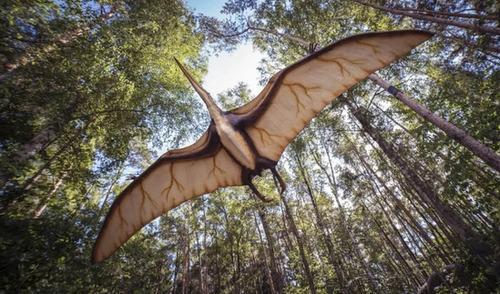
Source: Wikimedia Commons
But as far as this flying dinosaur matter is concerned, even Squires didn’t know when he’d taken the shot. To ensure he wasn’t seeing things, he posted the picture online, and some of his followers did acknowledge it looked like a Pterodactyl.
A Thorough Look to Make Sure
Interestingly, after a second look, Squires concluded that the flying animal he snapped was not a Pterodactyl after all. It was a breed of bird called a Red Kite.
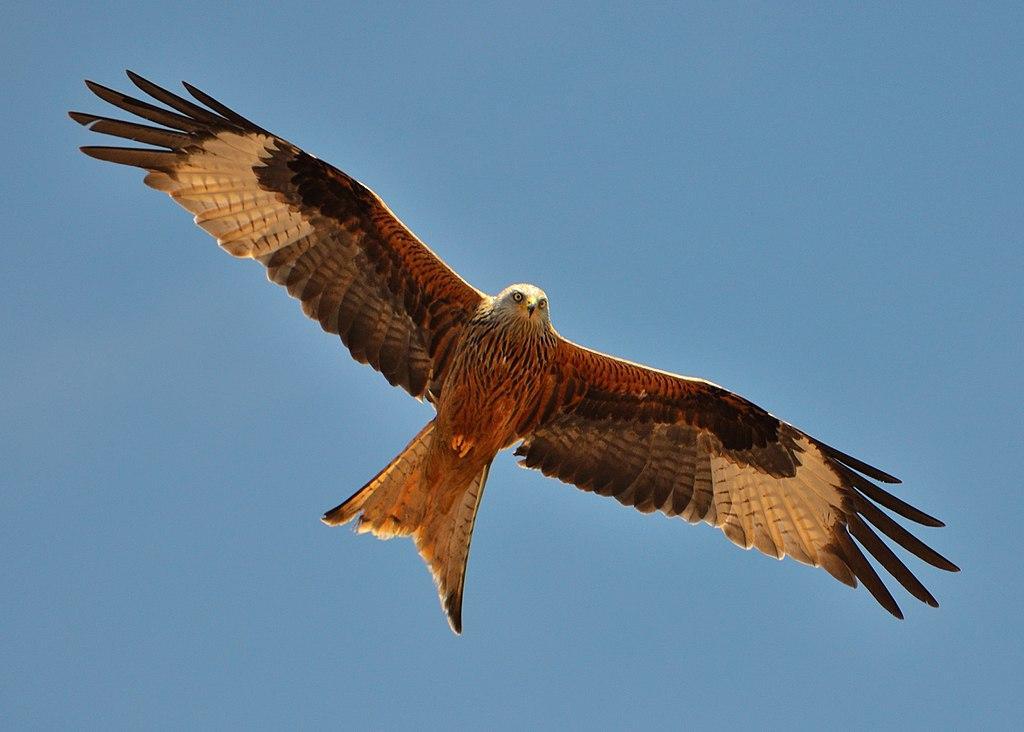
Source: Reddit
Apparently, Red Kite birds have made a haven out of the Spade Oak Nature Reserve, and there are a sizable number of them there. So, after a little more research, Squiresʼ chance sighting of a Pterodactyl turned out to be a misidentification. He had captured a picture of a flying red kite.
What are Pterodactyls?
Pterodactyls were members of the dinosaur family of flying reptiles. Unlike the feathered birds we have today, Pterodactyls possessed wings similar to those of a bat—consisting mainly of skin, muscle, and bony frames.
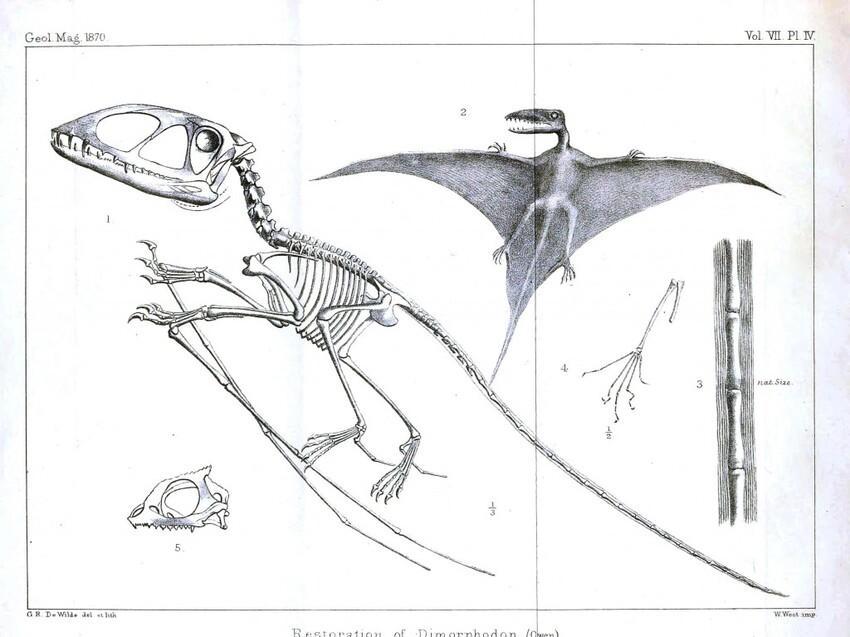
Source: Wikimedia Commons
Pterodactyls were carnivores and likely lived during the Jurassic period, some 14 million years ago. Fossilized remains of Pterodactyls have been found in Bavaria and some parts of Africa.
Squires and His “Great Discovery”
Though Squires later realized that his picture was not of a flying Pterodactyl, he was content with the attention it got online.

Source: Wikimedia Commons
He pointed out that of all the wildlife pictures he had posted online, that one received the highest number of views and reactions. However, the tail of that red kite sure looked like the head of a Pterodactyl!
Another Alleged Pterodactyl Sighting?
TikTok user @robchicago1 posted a video in March of a creature standing on top of a building in Chicago.

Source: @robchicago1/ TikTok
The avian-looking creature with a long neck and long beak stood still on a rooftop, and the TikToker thought it could be a pterodactyl. However, others are simply dismissing it as a crane.
Connected To Legend
With flying dinosaur sightings becoming more frequent, some believe the creature that the TikToker saw is a surviving pterosaur.
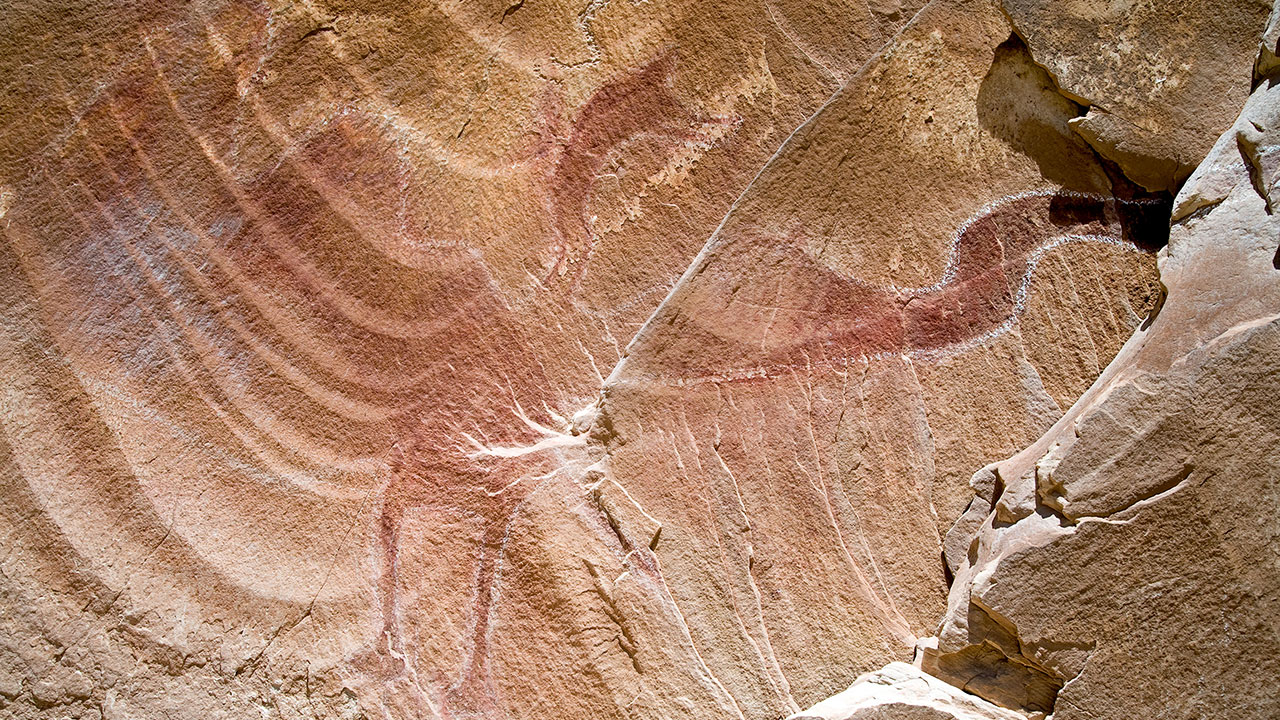
Source: Whit Richardson/ Alamy
According to Native American legend, these enormous winged creatures are known as thunderbirds. So — what do skeptics have to say about the sighting?
It Could Be A Rare Crane Species
According to skeptics, the creature could simply be a large and rare species of crane. Before European colonialization, the whooping crane population only had an estimated 10,000 cranes.
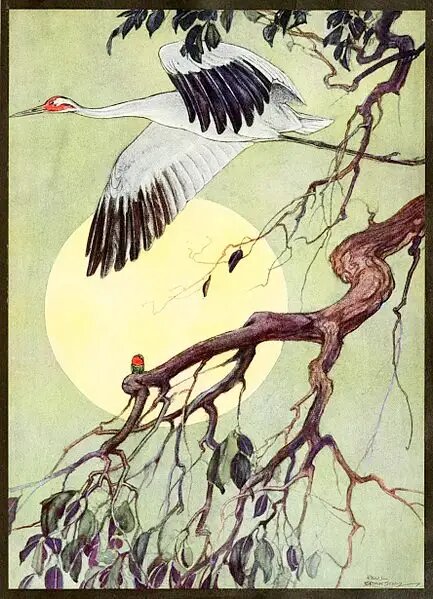
Source: Wikimedia Commons
These birds are huge – standing at around five feet in human height, with a wingspan of over seven feet. Thus, the bird could be much larger when spotted from a distance.
The Whooping Crane's Existence Is Threatened
It’s not too late to save the whooping crane from near extinction. There is one company working to reverse extinction completely – a bioscience company called Colossal.
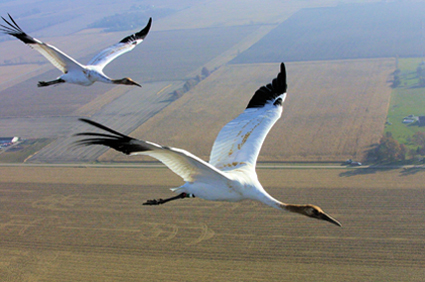
Source: omgtoptens.com
The company is attempting to genetically engineer new populations of animals, such as woolly mammoths and the dodo bird.
Putting The Theory To Rest
TikTok commenters aren’t buying the whole pterodactyl thing. Most of them have clarified that it’s a window-washing crane (and not an actual bird).

Source: @robchicago1/ TikTok
Despite the more realistic explanation for what TikToker @robchicago1 saw, believers will still believe.
Yet Another Sighting - This Time In Idaho
In 2015, a man in Boise, Idaho, captured a video of what looked like a pterodactyl flying in the sky.
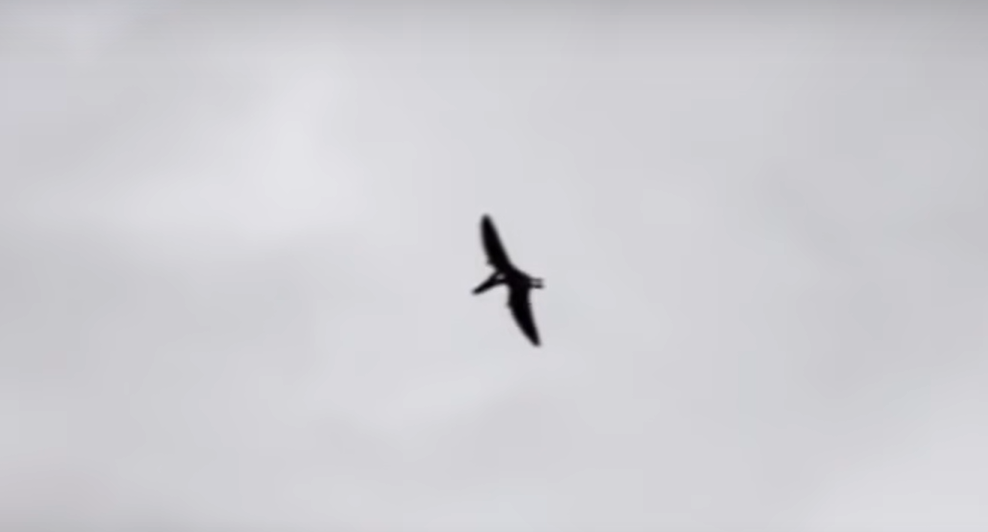
Source: Rumble Viral/ YouTube
People all over the globe were buzzing over this footage of something resembling a prehistorical animal. But – was all the fuss worth it?
People Are Divided
Even though the pterodactyl is extinct, that doesn’t stop people from believing they could still be out there. Most people who commented on the YouTube video were skeptical.

Source: Rumble Viral/ YouTube
Naturally, there are skeptics. One person commented: “The wing flap looks unnatural, too stiffy, looks more like an rc plane or some type of toy.” Another person speculated: “That may be a drone.”
Believers Shared Their Firsthand Encounters
While there is a chance the video could be faked, the number of people who shared their firsthand accounts of seeing a similar type of animal is quite astonishing.
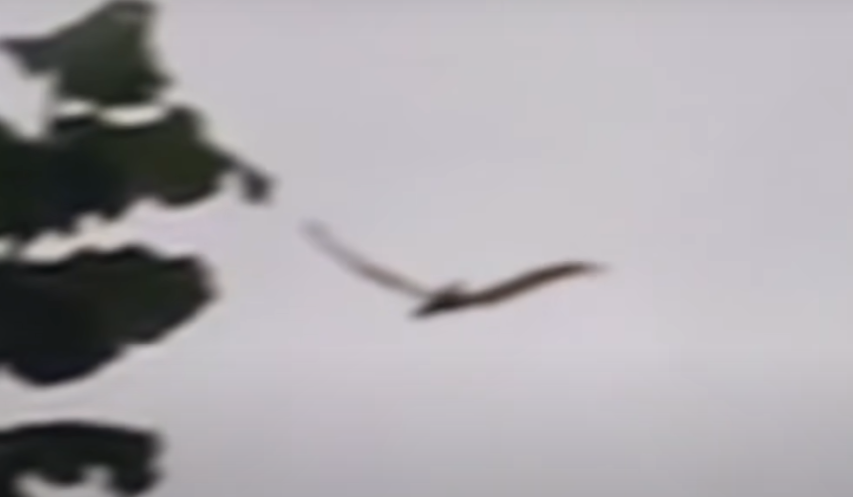
Source: Rumble Viral/ YouTube
One person said: “I saw the exact same thing in 1991. I was fishing on the Salmon River along the Van Duzer corridor in a very isolated stretch when it came flying overhead from behind me. It’s wingspan was about 15-20 feet and was maybe 30 feet above me.”
Another person shared: “The gliding of that “bird” is unlike anything I’ve ever seen, I remember seeing strange looking creatures like that in Spokane Washington.”
North Carolina Has Become A Hot Spot For Sightings
North Carolina has been home to many legends such as Bigfoot, the Lake Norman Monster, and Lizardmen. But, pterosaur (flying reptiles) sightings have been on the rise recently.
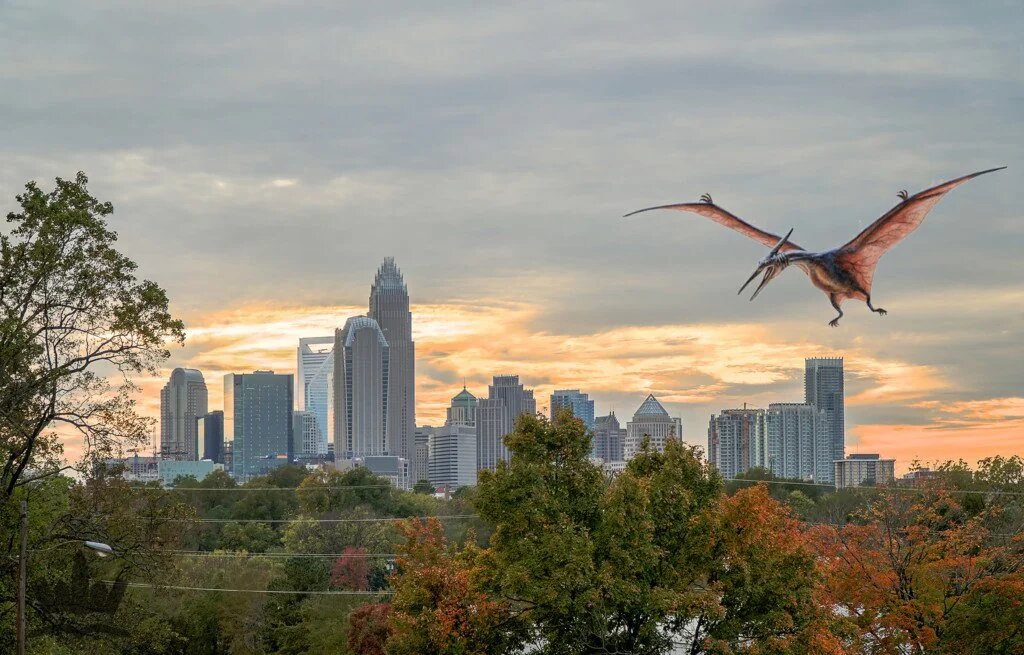
Source: charlottestories.com
Cryptozoologist Jonathan Whitcomb published an article about these prehistoric creatures, including recent pterodactyl sightings. He revealed: “My associates and I believe that these are non-extinct pterosaurs, what many persons would call ‘pterodactyls’ or ‘flying dinosaurs.'”
Some people on the r/Cryptozoology Reddit channel are taking what Whitcomb said with a grain of salt.
Firing Back At Whitcomb's Statement
u/Goliathprime offers their insights into Whitcomb’s statement. They said: “Of course, it must be acknowledged that Jonathan Whitcomb was the source, the champion of the African “Ropen.” The Ropen has been discredited as its physical form, feeding habits and size all stem from old, turn-of-last-century, pterodactyl reconstructions, as well as mixing and matching different species together.”

Source: depositphotos.com
They continued, saying: “Still, large, unknown flying creatures have been seen across the world for years and it looks like people are still seeing something. But if I had to guess the identity of these flying dinosaurs? Knowing it’s North Carolina and it’s winter? Probably Tundra Swans.”
